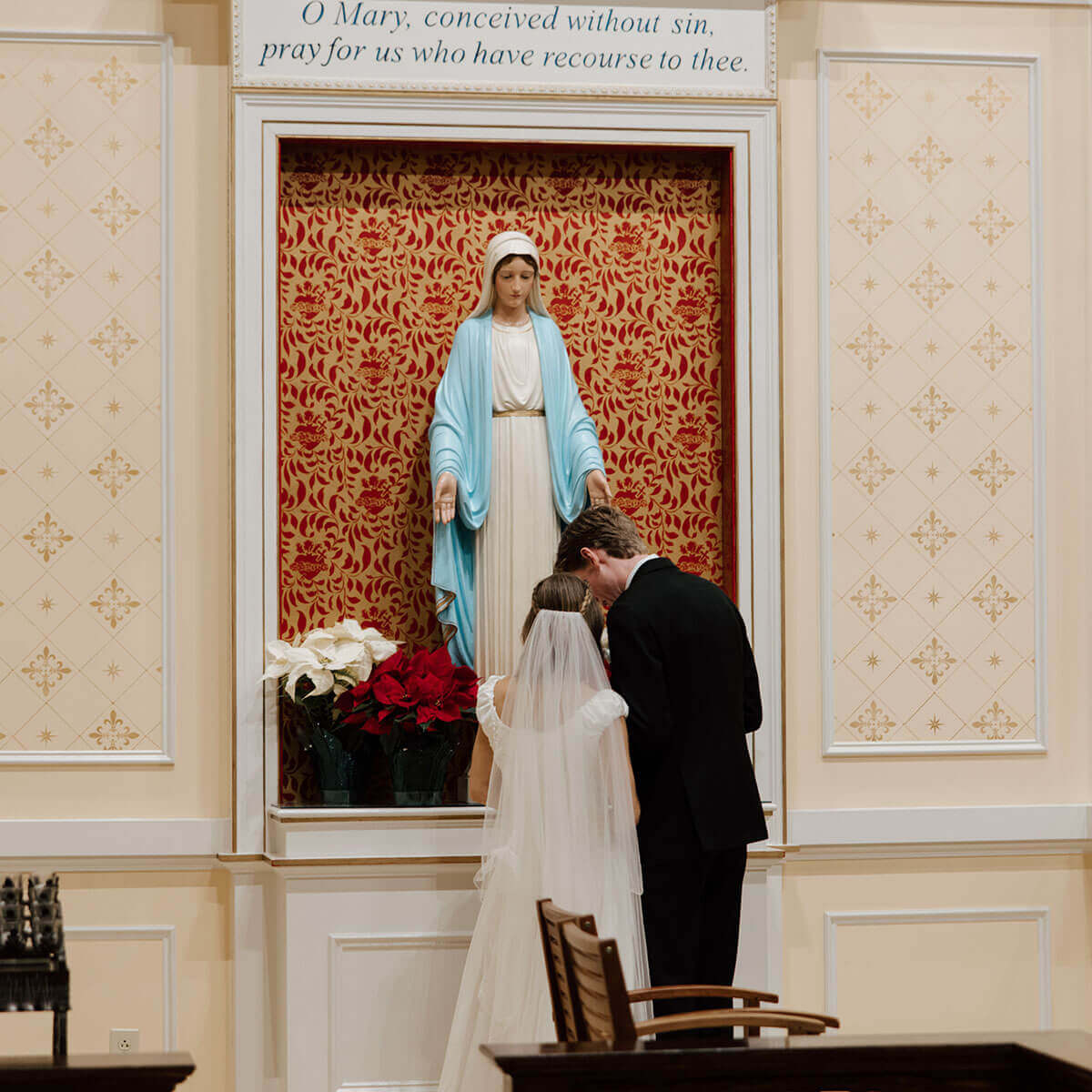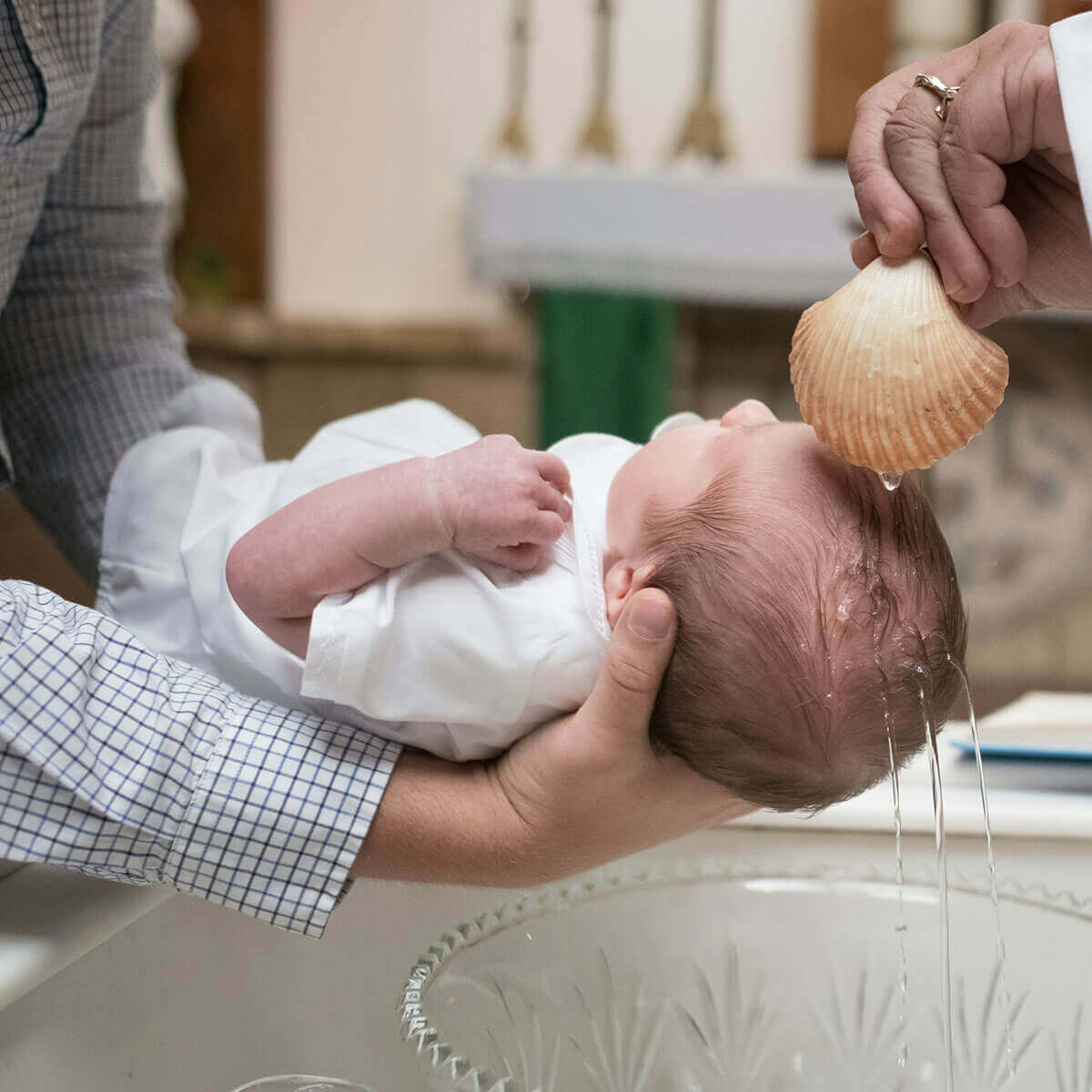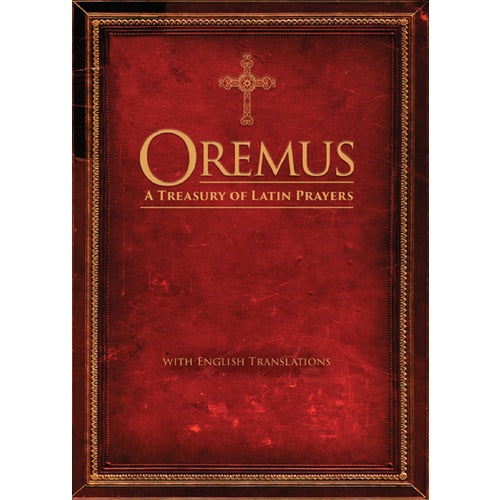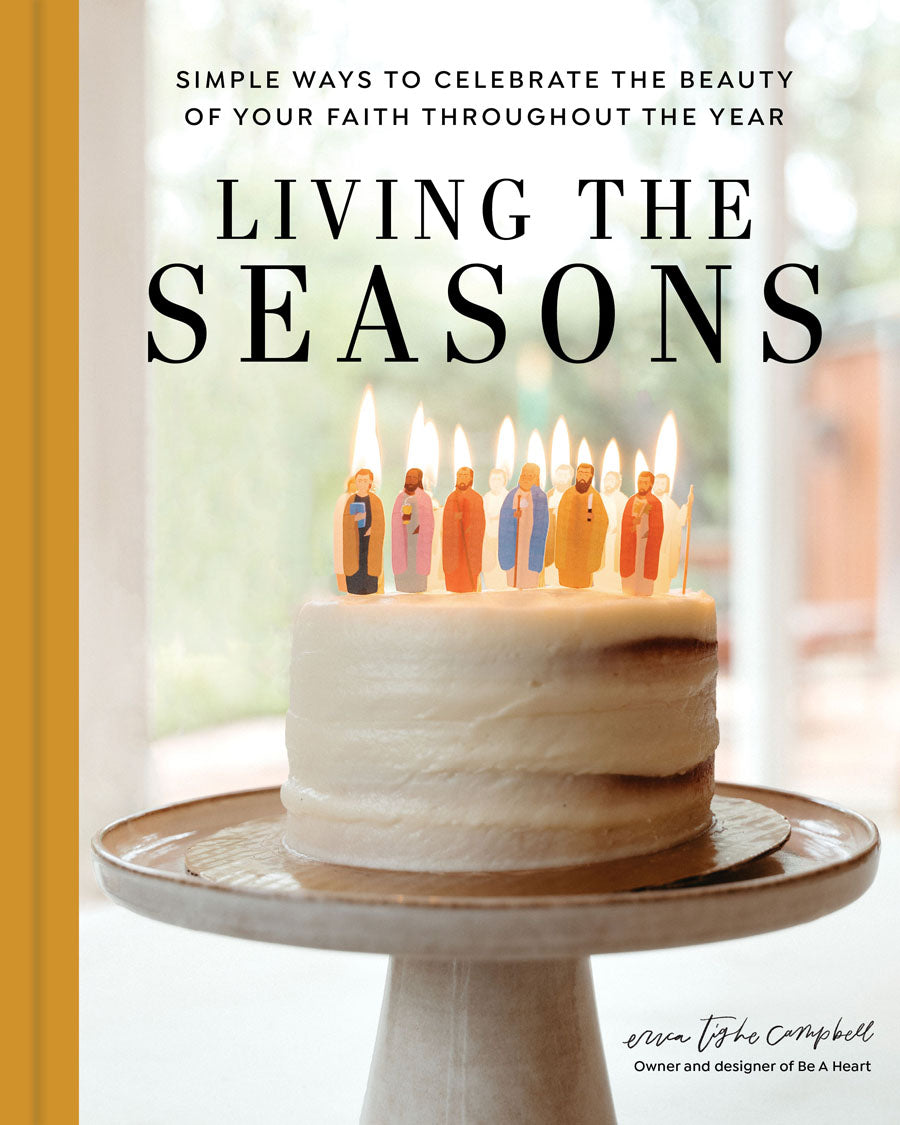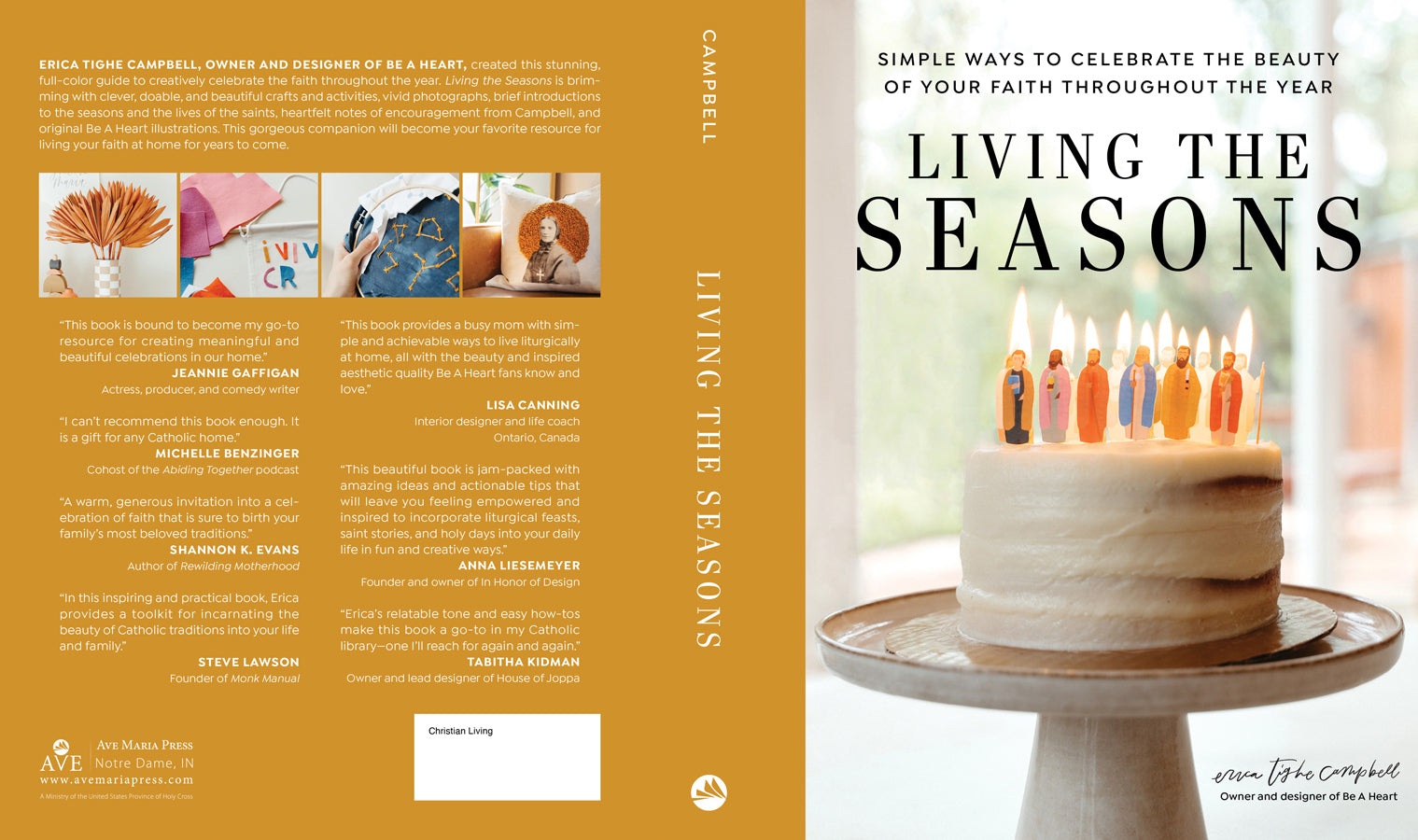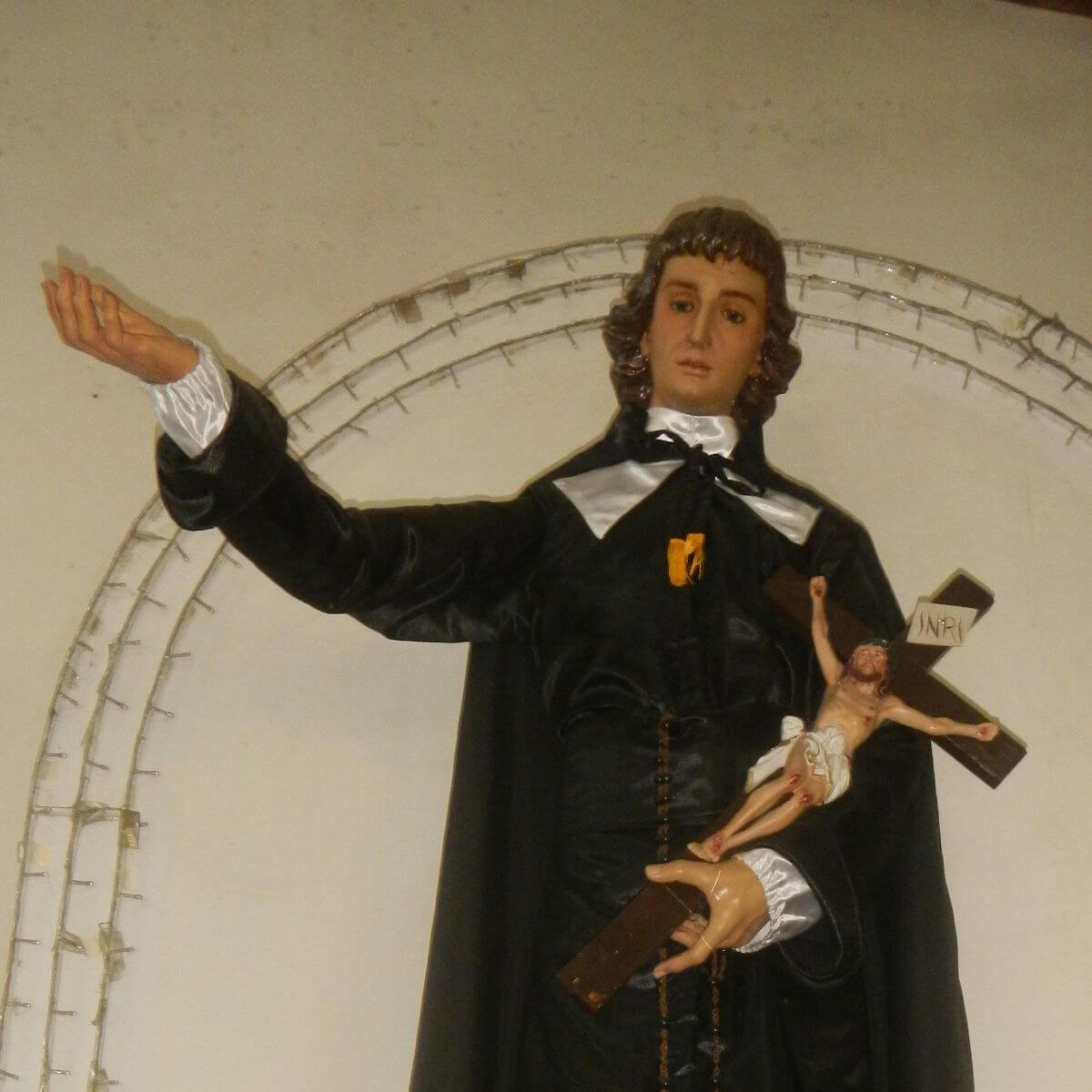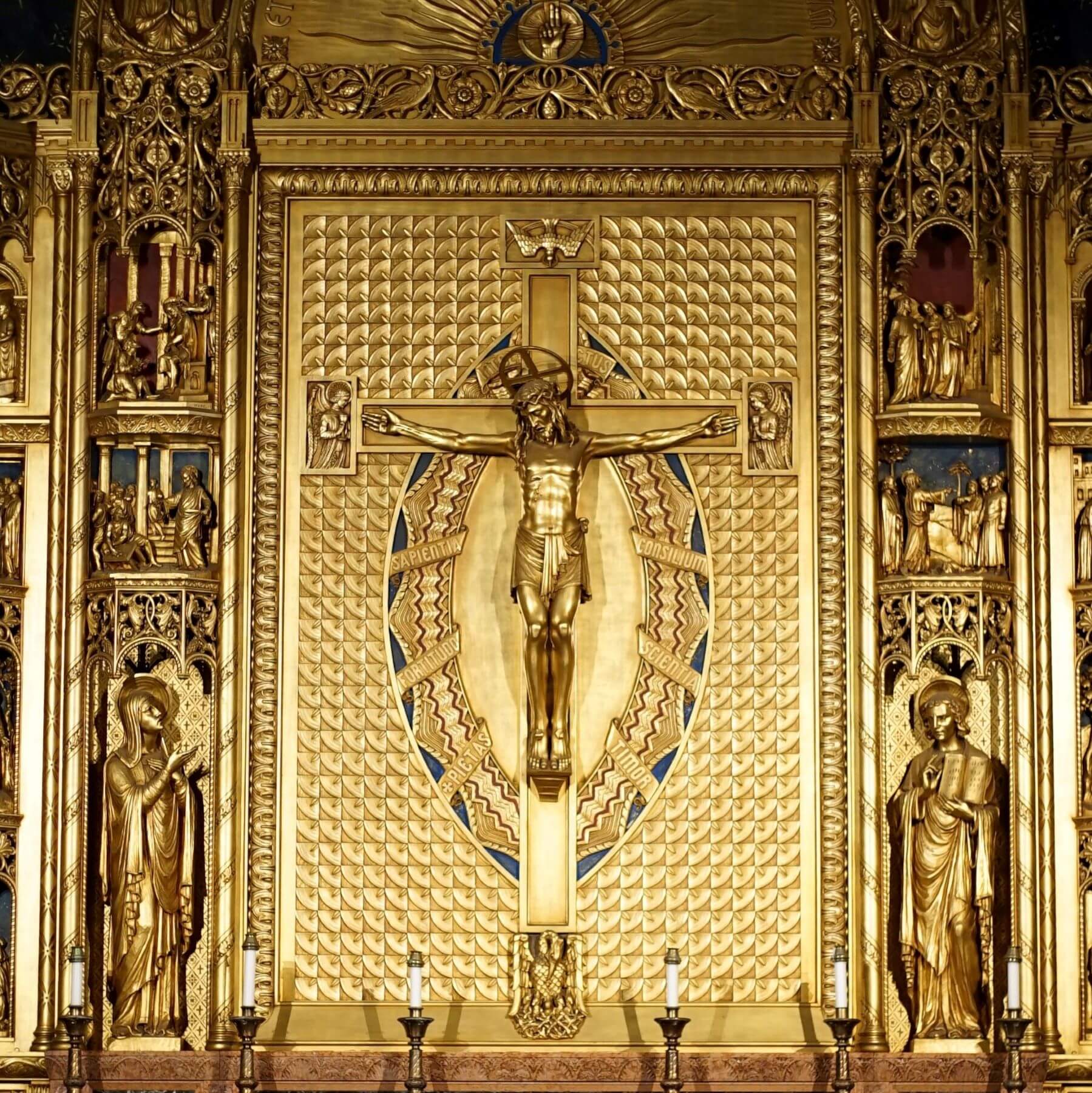Happy February 29th!
We’ve waited four years to say that!
Every four years, we encounter a peculiar anomaly in our calendar—the elusive “leap year,” a funny extra day tacked onto the month of February.
While you may know that this additional day helps us keep our calendars aligned with the solar year, you may not know that leap years have a Catholic origin!
The concept of leap years traces back to Julius Caesar’s introduction of the Julian calendar, but it was Pope Gregory XIII who refined and implemented the Gregorian calendar in 1582. This calendar adjustment, overseen by the Catholic Church, aimed to rectify discrepancies that had accrued over centuries and ensure greater accuracy in tracking time.
It may seem random that the Catholic Church would be the institution overseeing changes in the calendar. But it makes sense when we realize that the Church’s greatest feast was being affected by the inaccuracies of the system.
The Council of Nicaea set the date of Easter for the Sunday after the first full moon of spring, which began on March 21st. Noticing that the current calendar was out of sync with the spring equinox, Pope Gregory quickly realized that Easter was slowly being pushed out later into spring and that it would eventually move into summer.
In his papal bull, issued on February 24th, 1582, Inter gravissimas, Pope Gregory introduced his plans to rectify the current calendar. In Inter gravissimas, he laid out the new calendar, later named the Gregorian calendar, which introduced an additional day to February every four years.

First page of the papal bull Inter gravissimas
If this already seems a little complicated and funny, just wait. To provide greater accuracy, years divisible by 100 wouldn’t have a leap year unless they were divisible by 400. So, while 1900 skipped the leap year, 2000 joyously celebrated it.
As we navigate through another leap year, let us not only marvel at the intricacies of our calendar but also acknowledge the profound impact of Pope Gregory’s intervention. In the leap year, we find a tangible reminder of the enduring legacy of the Catholic Church—a legacy that extends far beyond the confines of the ecclesiastical realm into the very fabric of our culture. As Catholics, we’ve got a history to be proud of. As we recognize some of the Catholic Church’s impact on our culture this leap year, let us take this opportunity to dive even deeper into our own marvelous heritage. Oremus: A Treasury of Latin Prayers allows Catholics to experience anew—or for the first time—the beauty and rich spiritual heritage of the language used for almost 2,000 years in the Scriptures, liturgy, and prayers of the Church. Order your copy today from The Catholic Company!




